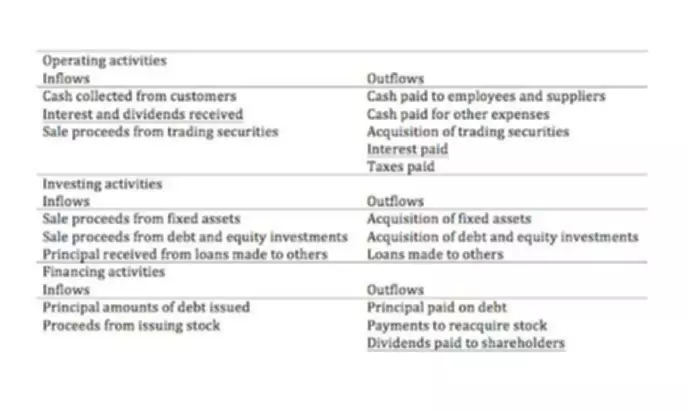Content

They will, however, have to reconcile the difference between predetermined overhead rate and actual overhead at the end of their fiscal year. Nevertheless, the more historical facts that a business has, the better off it is going to be while computing predetermined rates. It is likewise possible for a business enterprise to apply specific strategies relying on the particular products, processes, and offerings inside the organization. In order to accurately calculate the predetermined overhead rate, the historical cost should be handy. The more historical data a company has, the greater accuracy it would have in ascertaining the pre-determined overhead cost. Overhead costs can include fixed monthly and annual expenses such as rent, salaries and insurance or variable costs such as advertising expenses that can vary month-on-month based on the level of business activity.
Using the plantwide approach, the plaintiff‘s expert allocated all costs based on gallons of gas sold. Using the activity-based costing approach, the defendant‘s expert formed three activity cost pools—labor, kiosk, and gas dispensing. The first two cost pools allocated costs using gallons of gas sold and therefore were allocated as they would be with the plantwide approach .
Chapter 2: Job Order Cost System
He currently researches and teaches economic sociology and the social studies of finance at the Hebrew University in Jerusalem. An overhead ratio of no more than 35% of total revenue is thought to be favorable in a business that is doing well. A crucial issue of an enterprise is concerned with production activities. Enabling of brief calculation of the predicted price for every department.

Mark P. Holtzman, PhD, CPA, is Chair of the Department of Accounting and Taxation at Seton Hall University. He has taught accounting at the college level for 17 years and runs the Accountinator website at , which gives practical accounting advice to entrepreneurs. Equipped with these software tools, you can also more effectively perform needs analysis to further reduce overhead.
Accounting for Managers
Calculate the budgeted factory-overhead rate for each department in your business. Although this approach is more difficult to track, it provides better insight into how much factory expenses are being used by each department. One simple calculation is all it takes to determine your overhead rate. But this simple calculation can benefit many facets of your business from initial product pricing to bottom-line profitability.
Also, whether their https://www.bookstime.com/ is overburdened with administrative expenses rather than profit-generating activities. This assists them in determining how much to pay for their products and determining a breakeven point when it comes to profitability. It is important that businesses monitor their overhead costs as they can drain business funds unnecessarily when not properly controlled.
Calculate Overhead Allocation Rate
Activity-based costing simply provides a more refined way to allocate the same overhead costs to products. A predetermined overhead rate is an allocation charge that applies a certain quantity of producing overhead to task orders or products. Some normally used activity drivers are device hours, direct materials, direct labor hours, and direct hard work bucks. Let’s assume we calculated our estimated total manufacturing overhead cost at $50,000 for the coming period and our estimated total amount of the allocation base in direct labor hours at 10,000 hours.
According to GAAP , manufacturing overhead should be included in the cost of finished goods in inventory and work in progress inventory on a manufacturer’s balance sheet and in the cost of goods income statement. Specify the costs that are the same and have a relationship with the various allocation bases. An overhead percentage tells you how much your business spends on overhead and how much is spent making a product or service.
